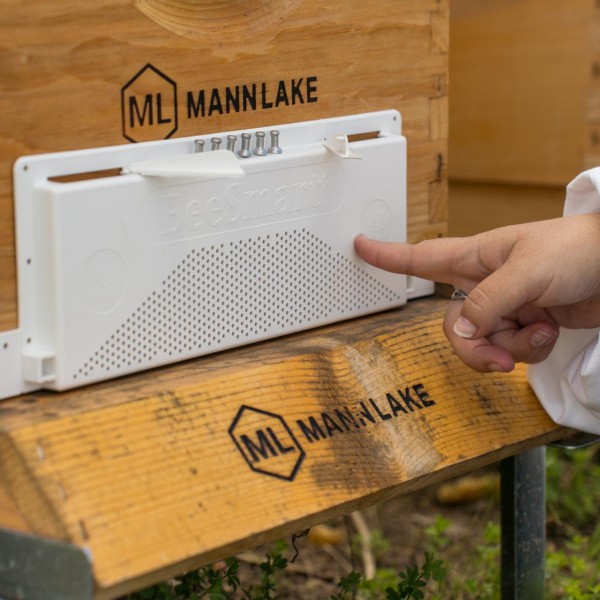Now that the major nectar flow is over and honey supers are off and the bee's stores are capped, robbing season begins. This is when other colonies — or even other species — try to steal your bees’ hard-earned stores.
Start by sitting near the entrance with your PPE on and quietly observing. Here’s what to look for:
• White wax flakes just inside or outside the entrance — these can be a sign that cappings are being chewed open during robbing.
• Bees being challenged at the entrance — watch for grappling or wrestling between guards and incoming bees.
• Hornets or yellow jackets circling around the hive — hornets are larger, yellow jackets are brightly striped. Both can slip past guards if the opening is too wide.
• Drone eviction — don’t confuse robbing with the normal late-summer eviction of drones, which will often be dragged out by the workers.
Most wooden entrance reducers never fit exactly right—they’re either too big or too small, leaving gaps for robbers. A product I’ve found that works far better is the BeSmart Robbing Screen (about $13). The key is timing is to install early in the morning when your bees are still inside and robbers are outside. The screen has two small top doors where your bees can exit and re-enter, but returning robbers will hit the screen below—where they can smell honey—but won’t find the real entrance.

If you’re not using a robbing screen, reduce the entrance to one inch, only during an active attack; otherwise, keep it wider so bees can efficiently move in and out of the hive.. During robbing, the BeSmart screen works best, letting your bees navigate while blocking intruders. Prioritize protecting weaker colonies and never leave wet supers or exposed honey in the yard, as they can trigger robbing from miles away.